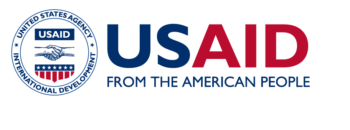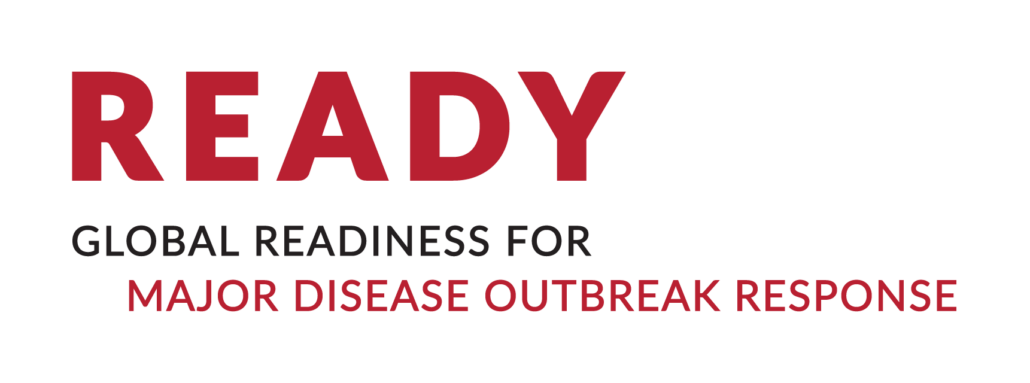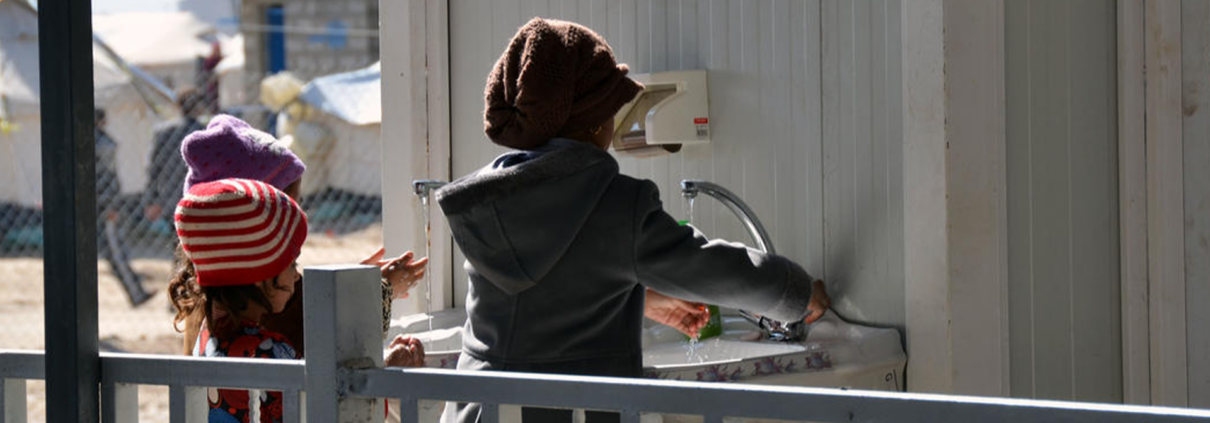Child Protection in Outbreaks: Collaborating with the health sector in infectious disease outbreaks (Mini-Guide 3)
Author: The Alliance for Child Protection in Humanitarian Action, READY, Plan International
The Child Protection in Outbreaks: Collaborating with the health sector in infectious disease outbreaks (Mini-Guide 3) demonstrates how and why child protection considerations can and should be integrated into outbreak management. Wherever possible, the advice given here is aligned with the outbreak preparedness and response pillars described in the Operational Planning Guidelines1 of the World Health Organization (WHO), with the health standards described in The Sphere Handbook, and with Pillar 4: Working Across Sectors of the Minimum Standards for Child Protection in Humanitarian Action (CPMS) from the Alliance for Child Protection in Humanitarian Action.
This Mini-Guide is intended for use by health and child protection practitioners during infectious disease outbreaks, preparedness, response and recovery. It can also be used by the social service workforce in settings impacted by infectious disease outbreaks.
View and download the Child Protection in Outbreaks: Collaborating with the health sector in infectious disease outbreaks (Mini-Guide 3) on the Alliance website:
- English: Mini Guide 3 | Child Protection in Outbreaks: Collaborating with the health sector in infectious disease outbreaks
- Español: Miniguía #3 | Protección infantil en brotes de enfermendades: Defender la importancia de los niños y su protección en los brotes de enfermedades infecciosas
- Français: Mini-guide #3 | Protection de l’enfance pendant épidémie : Plaidoyer pour la rôle central des enfants et leur protection pendant une épidémies de maladie infectieuse
- Arabic:
دليل صغير # 3 | حماية الطفل في حالات تفشي المرض: الدعوة إلى مركزية الأطفال وحمايتهم في


This website is made possible by the support of the American People through the United States Agency for International Development (USAID) under the READY initiative. READY (not an acronym) is supported by USAID’s Bureau for Democracy, Conflict, and Humanitarian Assistance, Office of U.S. Foreign Disaster Assistance (OFDA) and is led by Save the Children in partnership with the Johns Hopkins Center for Humanitarian Health, the Johns Hopkins Center for Communication Programs, UK-Med, EcoHealth Alliance, and Mercy Malaysia. The contents of this website are the sole responsibility of Save the Children. The information provided on this website does not necessarily reflect the views of USAID, any or all consortium partners, or the United States Government, and is not official U.S. Government information.


